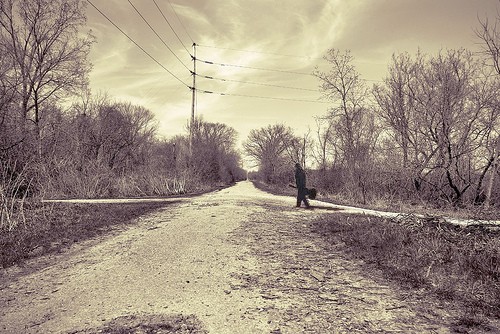Locate Adobe Reader Installer File
Posted By admin On 14/04/19Installation log files are used to troubleshoot problems installing the products or product updates. Everything that is done before clicking the Install button is recorded in PDApp.log. Everything after clicking Install is recorded in the main installation log file.
To find out if you have Adobe Acrobat Reader installed on your computer, follow these steps: Click the Start button on your taskbar (usually found in the bottom left of the computer screen). Select All Programs from the pop-up menu. Verify that there is a folder called Adobe Acrobat listed. If not, click the 'No.' Link and we'll step you through the process of setting up Adobe Acrobat Reader.
- To view and print these files, you need to have Adobe Acrobat Reader software. To find out if you have Adobe Acrobat Reader installed on your computer, follow these steps. Follow the steps to download the 'free Acrobat Reader installer.
- Adobe Reader, a product of Adobe, was the first program to support PDF format, which means Portable Document Format. This application is used to view and print PDF documents. In addition, this version of Adobe Reader enables us to create PDF files.
PDApp.log: This log contains all of the actions made before clicking the Install button.
<Product name>.<Version number>.<Date>.log.gz (example: Adobe Photoshop CS6 Support 13.0.2 12-12-2012.log.gz): This log records everything after clicking the Install button and is considered the main installation log file. The product and version being installed determines the filename.
Windows 32-bit (XP, Vista, 7)
- Program FilesCommon FilesAdobeInstallers
Windows 64-bit (XP, Vista, 7)
- Program Files(x86)Common FilesAdobeInstallers
Mac OS
- /Library/Logs/Adobe/Installers/
Windows XP
Documents and Settings<user name>LocalApplication Datatemp
Windows Vista, 7
In the Haitian Voodoo tradition, a melding of indigenous African traditions with the Catholic beliefs forced on them by French slave owners, crossroads have their own deity, Papa Legba. In every case, the crossroads are a place where the veil between this world and the next is especially thin. Deep Thought Because they mark a transition, crossroads in many cultures have been convenient places for communication between this world and other worlds. But in some African and South American traditions, crossroads were sites for a more positive kind of communication: a person could go to the crossroads to commune with the spirits or deities, or connect with the afterlife.  In the Christian tradition, this kind of communication meant something dangerous: ghosts, witches, and demons might stop you at a crossroads.
In the Christian tradition, this kind of communication meant something dangerous: ghosts, witches, and demons might stop you at a crossroads.
Users<user name>AppDataLocaltemp
Mac OS

/tmp
More like this
Twitter™ and Facebook posts are not covered under the terms of Creative Commons.

Adobe Reader Installer File Name.exe
Legal Notices Online Privacy Policy